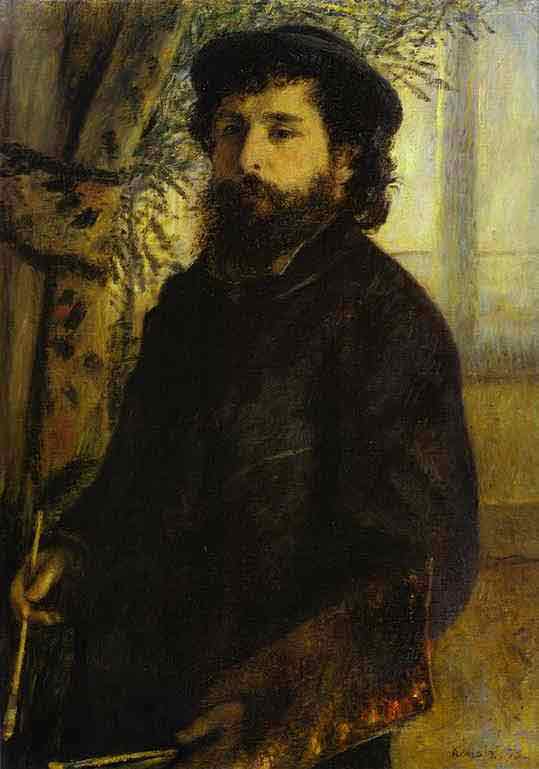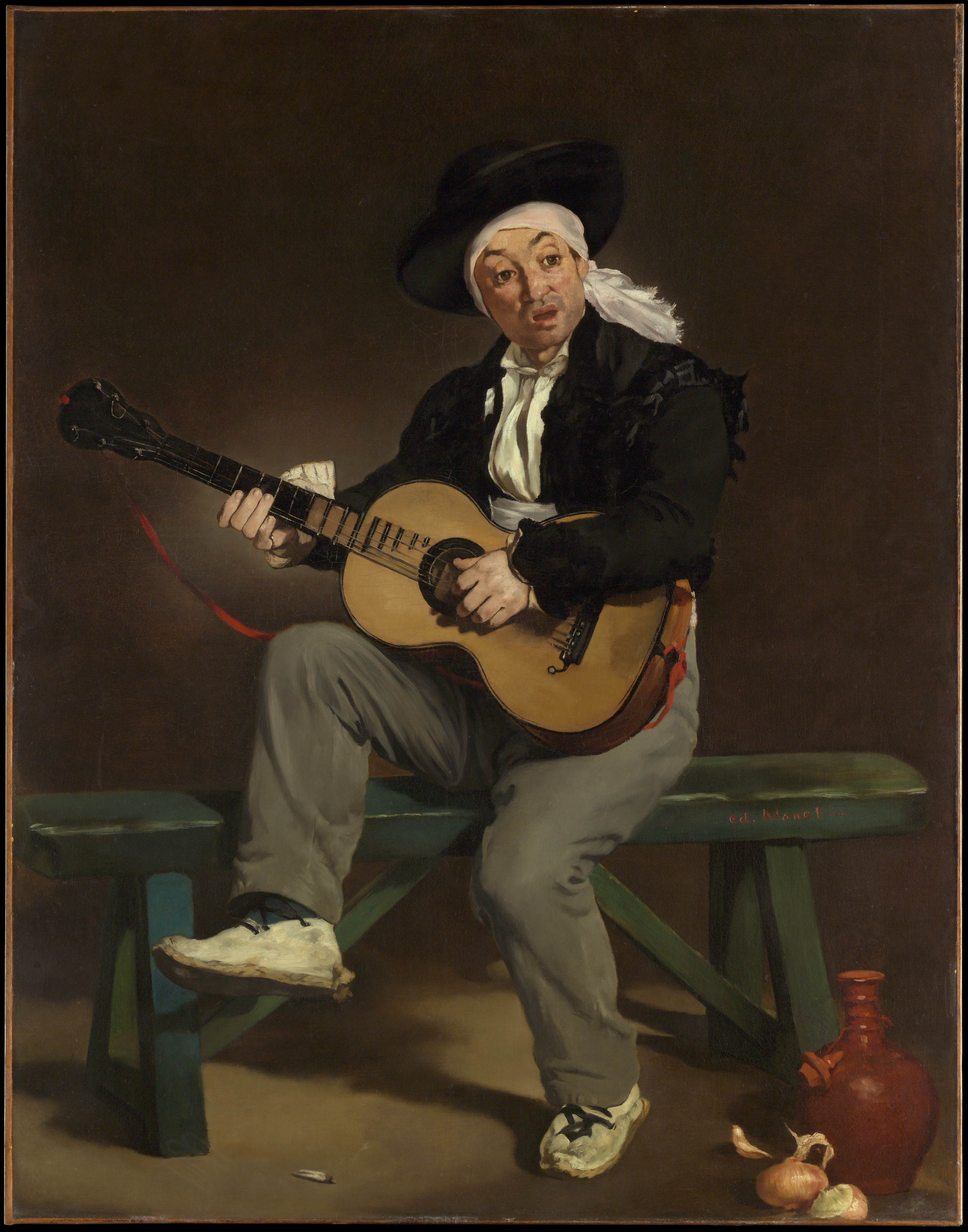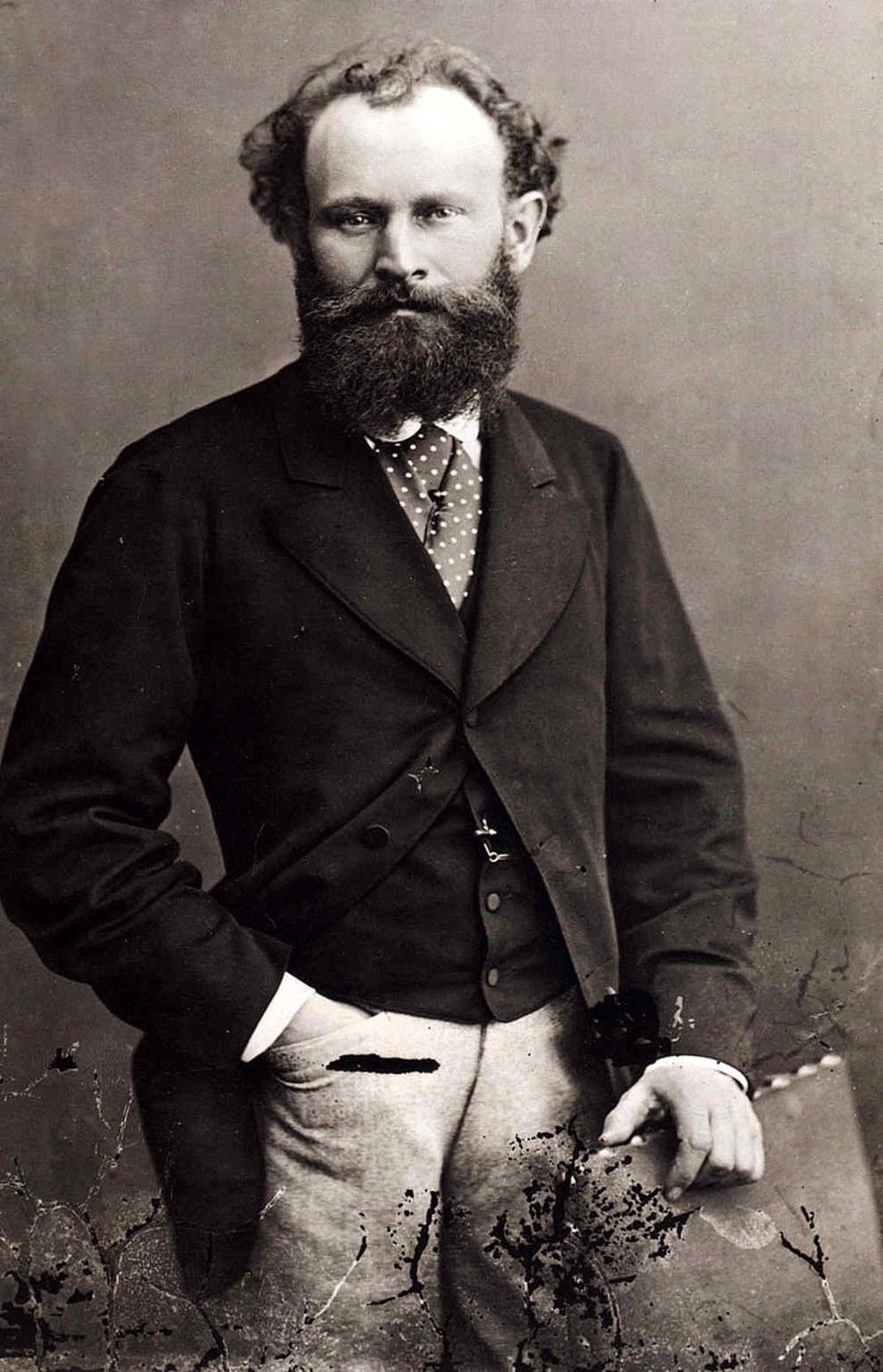
Pope in 1907 and was his last major art acquisition. It is distinguished by his mastery at applying successive layers of pigment, his unconventional use of color whereby blues are as intense in the background as they are in the foreground, and his unusual bird’s eye view of a woman caught in an intimate moment as if, as Degas said, “… one were watching her through a keyhole.” This work, in its original Degas frame, was purchased by Mr.

Although it is not conclusive that The Tub was exhibited at that show, it is viewed today as one of the artist’s finest pastels. This work is one of the “Suite of nudes of women bathing, washing, drying, rubbing down, combing their hair or having it combed” that Degas created in preparation for the eighth and last exhibition of the Impressionists in 1886. Pope commissioned a new frame for the piece in 1907, designed by Herman Dudley Murphy of the Boston frame-makers, Carrig-Rohane. When they moved to Hill-Stead in 1901, they installed the pastel over the mantel in the dining room, where visitors can see it today. Pope purchased Jockeys in 1892 when the family still lived in Cleveland, Ohio. Jockeys is from the latter period, where the influence of Japanese woodblock prints is evident in the artist’s compositional technique, namely in the truncating of the figures and the use of a diagonal line of mounted jockeys to create a dynamic perspective against the horizontal plane of fields and sky. There were two periods in the career of Edgar Degas when jockeys were the subjects of his work: first, in the 1860s, when Napoleon III and Baron Haussmann were rebuilding Paris and planning Longchamps, the finest racetrack in the world and second, in the early 1880s, when his work reflected his interest in the study of movement, photography, and Japanese art.


Jockeys and nudes of women bathing were his other popular subjects all three are represented in Hill-Stead’s collection. Only Sara Handing a Toy to the Baby and the print, Gathering Fruit, remain in the collection.Ĭonsidered to be the best draughtsman of his generation, Degas called his work the result of “premeditated instantaneousness.” At least half of the mature work of Degas was devoted to dance subjects, resulting in approximately 1,500 drawings, prints, pastels and paintings. Pope began his collection of her work in 1894, eventually acquiring four oils, one pastel and one print.

They continued their friendship with her on their visits to France, and hosted her at Hill-Stead in 1908. The Popes met Cassatt while she was on a visit to America in 1898. In Sara Handing a Toy to the Baby, Cassatt employs compositional techniques used in Japanese prints, such as cropping both sides of the picture to give the viewer a glimpse of an intimate moment. After 1900, Cassatt became known primarily as a painter of mothers and children. There she became friends with Edgar Degas and the Impressionists, and exhibited with them in four of their eight Impressionist Exhibitions held from 1874 to 1886 – the only American artist invited to do so. Mary Cassatt settled permanently in France in the 1870s when she was in her 30s.


 0 kommentar(er)
0 kommentar(er)
